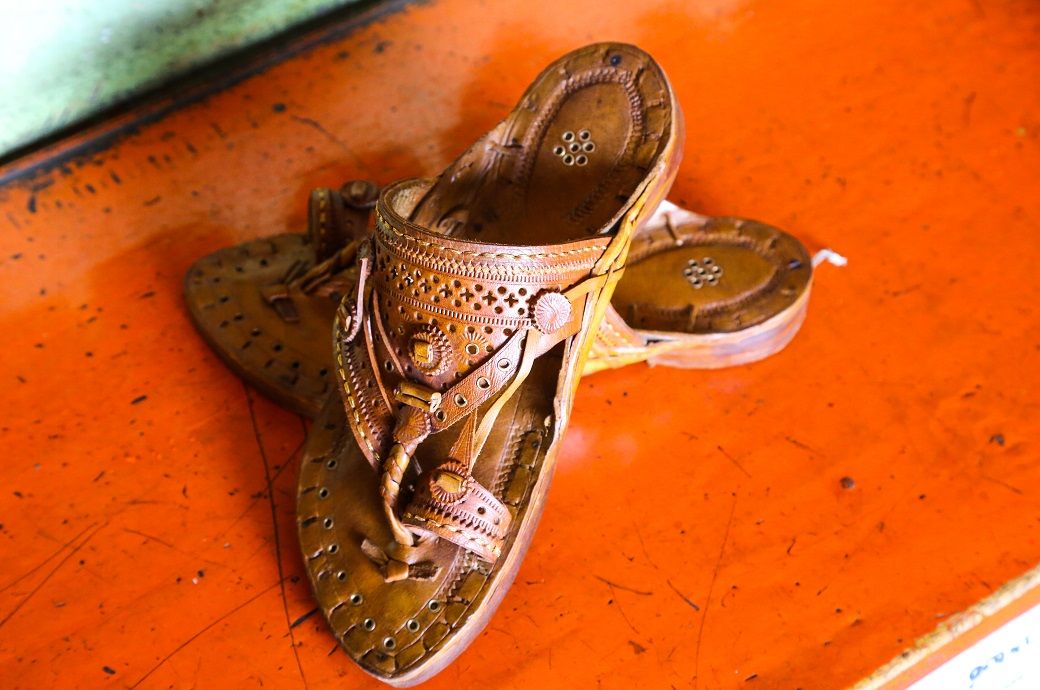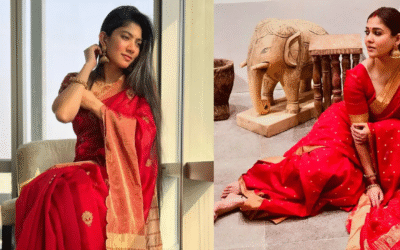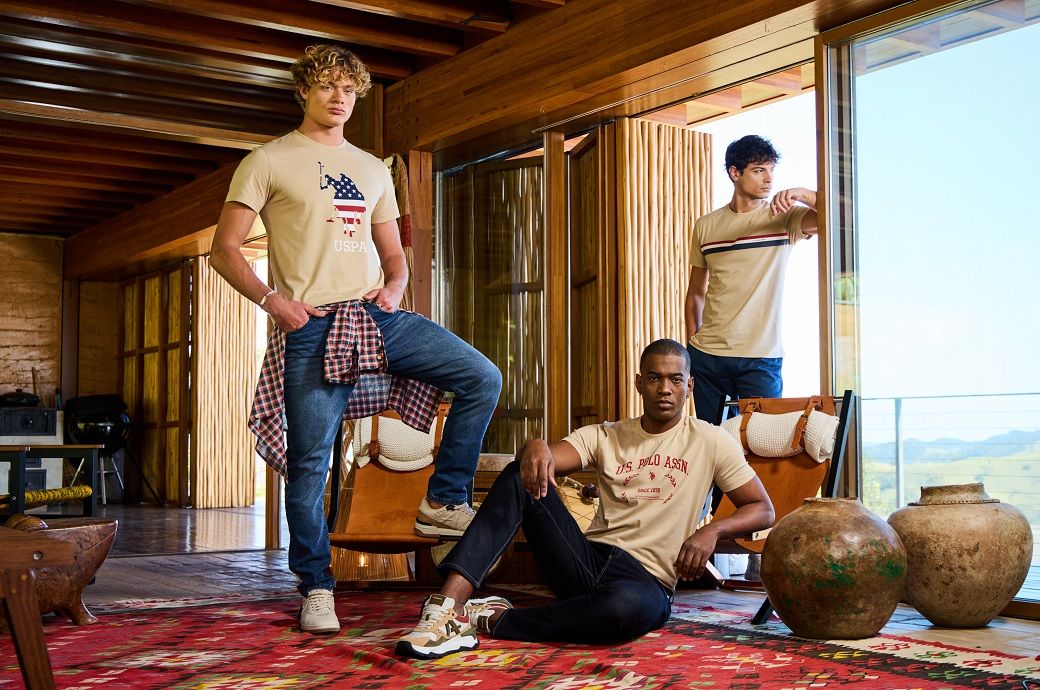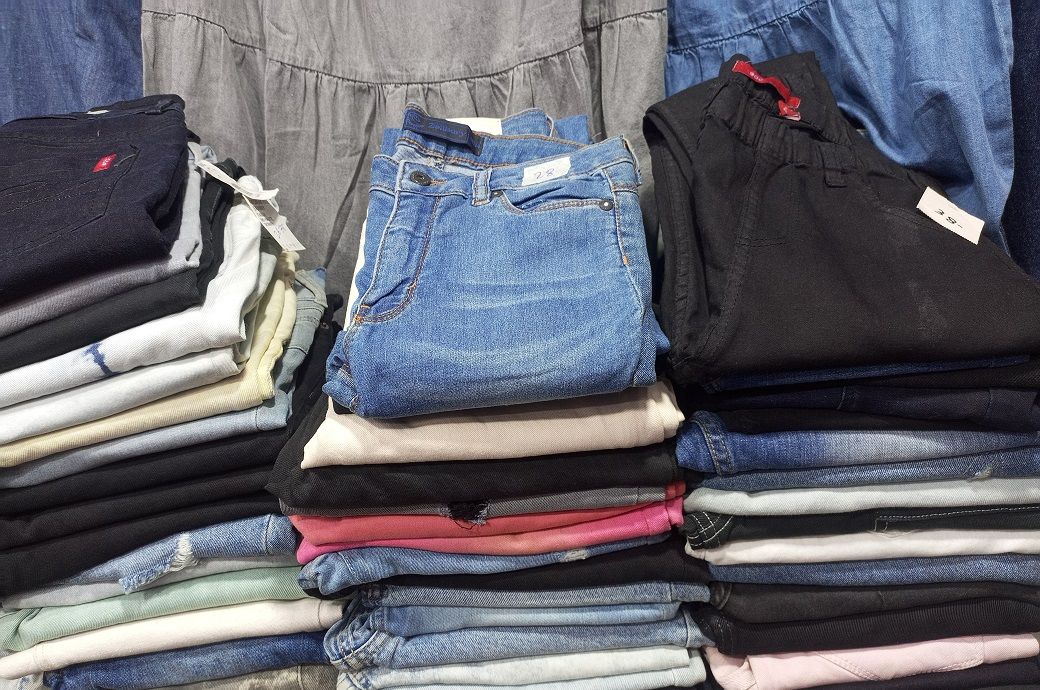Can Prada-Kolhapuri row pave way for equitable engagement in fashion?


The MACCIA formally addressed the issue in a letter to Prada, expressing dismay at the commercialisation of a heritage product without honouring the artisans responsible for it. These artisans have safeguarded the Kolhapuri tradition for generations. In response, Prada’s head of corporate social responsibility, Lorenzo Bertelli, acknowledged the Indian roots of the design and indicated that the product was still in its early design stages. He also welcomed “a meaningful dialogue with local Indian artisans”, as per global media reports.
Prada-Kolhapuri row has reignited the debate on cultural appropriation in fashion, after the brand showcased sandals resembling India’s traditional Kolhapuris.
Following backlash, Prada will meet MACCIA on July 11, to explore a global collaboration with Indian artisans.
If successful, the move could mark a turning point in fostering ethical engagement between fashion houses and craft communities.
The move follows widespread outrage in India after Prada showcased ‘toe ring leather sandals’ at Milan Fashion Week last month. The design drew immediate comparisons to traditional Kolhapuri sandals—handcrafted leather footwear with centuries-old roots in the Indian states of Maharashtra and Karnataka. The controversy has reignited the global debate on cultural appropriation in the fashion industry, highlighting the need for more ethical engagement with traditional crafts.
Kolhapuri sandals are not only a cultural emblem but also carry historical and geographical significance. Recognised with a Geographical Indication (GI) status by the Indian government in 2019, these sandals date back to the 12th century. Handcrafted from leather and dyed using natural colours, they are known for their durability and suitability for India’s climate.
However, this is not an isolated incident. The fashion industry has seen a growing pattern of cultural appropriation this year.
A viral TikTok trend dubbed the ‘Scandinavian scarf’ was quickly identified by South Asian influencers as a dupatta—a garment integral to South Asian women’s attire for centuries. The trend, introduced without any historical context, was widely criticised for repackaging traditional South Asian fashion as a novel Western invention.
On June 27, Dior presented a coat featuring mukaish embroidery—a traditional metallic threadwork from Lucknow—at a Paris runway show. Despite the elaborate use of Indian craftsmanship, Dior failed to credit the artisans, prompting further criticism for the erasure of cultural contributions.
The Prada-Kolhapuri controversy may yet become a watershed moment. If the brand’s proposed collaboration with Indian artisans materialises, it could pave the way for more ethical practices in fashion—where cultural exchange replaces exploitation, and credit is given where it is long overdue.
Fibre2Fashion News Desk (KD)






